5 Levels Fundamentals of Ericksonian Hypnotherapy
$199.00 $52.00
Product Include:
File size:
5 Levels Fundamentals of Ericksonian Hypnotherapy
**More information:
Get 5 Levels Fundamentals of Ericksonian Hypnotherapy at Salaedu.com
Description
The goal of this course is to provide psychotherapists with practical methods for the induction of hypnosis, strategies for psychotherapy and the communication skills used by hypnotherapists. Dr Greenleaf’s The Problem of Evil: Ancient Dilemmas and Modern Therapy, informs a context for the course. It is available in all ebook formats from Amazon.com. The hypnosis teaching is keyed to Rossi’s “Naturalistic Approach” to hypnosis as a psychophysiological, chronobiological rhythm. Hypnotherapy is taught through Erickson’s “Utilization” model. Language use is taught with metaphorical strategies and Epston and White’s “narrative” concerns. This modern hypnotherapeutic and strategic model is contrasted with its dynamic precursors in psychotherapy.
It is important to note that this class is not a certification program in hypnosis. The class is designed for professionals in medicine, nursing, psychology, marriage and family therapy and/or social work. Hypnosis is taught as an approach within psychotherapy, not as some stand-alone “technique.” Rather, it is a form of closely considered and effective human communication which utilizes the client’s existing resources, and the client’s own styles of experiencing and communication to propel the psychotherapy.
Hypnosis is a naturally occurring imaginative state induced in mutual interactions of therapist and client. The Ericksonian approaches taught emphasize the individuality of treatment planning in order to utilize both the therapists’ own human skills and the clients’ own resources to provide effective leverage against problem areas in life.
The notion of the Unconscious Mind is common to many older psychotherapies and to the most modern neuroscience based ones as well. Psychotherapies using like forms of visual imagination, reconstructive mental practices and interpersonal effect, are all consonant with therapies using hypnotic approaches in that they employ focused and dissociated forms of attention, unconscious resource and change, and a solid base in neuroscience, attachment theory, mental practice research and many other forms of therapeutic intervention. These are all ethical and effective therapeutic modalities.
In addition, the 50 year span of work by Milton H. Erickson MD influenced important therapists including Haley, Madanes, Feldenkrais, Watzlawick, the family therapists, brief therapists, positive psychologists, and many others through their founders or by direct attempts to model Ericksonian approaches. Hypnosis has its own ancient traditions, but, as practiced in psychotherapy by Erickson-influenced therapists, licensed and trained in their professions, it is a companion of modern approaches ranging from EMDR, Brainspotting and NLP to many traditional psychodynamic therapies. It is mainstream, and the class engages the history and approaches of various psychotherapies throughout its span.
Included:
Fundamental Hypnosis – Level 1
Induction Techniques
Stephen Lankton, M.S.W., DAHB
Lecture, demonstration and practice workshop go step-by-step through the phases of trance induction. Differences between well-known methods are explained.
Fundamental Hypnosis – Level 2
Ideodynamic Approaches to Therapeutic Hypnosis
Ernest Rossi, Ph.D.
Group and individual demonstrations of basic ideodynamic approaches to therapeutic hypnosis utilizing Rossi’s innovative activity-dependent work with hand signaling.
Fundamental Hypnosis – Level 3
Getting a Good Trance Going
Betty Alice Erickson, M.S., LPC
Various trance inductions are demonstrated with volunteers. Each induction is discussed with indications for its uses. Differences between formal and conversational trances are demonstrated with rationales for choosing each.
Fundamental Hypnosis – Level 4
Accessing and Contextualizing Resources in Hypnosis
Michael Yapko, Ph.D.
Erickson’s approach typically featured finding hidden personal resources and extending them into situations where they would help the client. This basic but valuable strategy is shown in a video clip of Dr. Erickson. A structured practice session follows.
Fundamental Hypnosis – Level 5V
Use of the Therapist’s Self in Hypnotherapy
Stephen Gilligan, Ph.D.
This workshop describes how a therapist can join a client’s reality to hypnotically generate a “therapeutic trance” that includes both the problem and resources, as well as the client’s and the therapist’s perspectives. In this way, a therapeutic trance is one that “transcends yet includes” the client’s problem in a way that allows new freedoms and possibilities.
1 review for 5 Levels Fundamentals of Ericksonian Hypnotherapy
Add a review Cancel reply
Related products
HYPNOSIS - NLP Courses
Niraj Naik – Renew Your Body & Reprogram Your Reality With SOMA Breathwork
HYPNOSIS - NLP Courses
HYPNOSIS - NLP Courses
Doña Eugenia Pineda Casimiro – The Healing Potential of Sacred Mushrooms
HYPNOSIS - NLP Courses
HYPNOSIS - NLP Courses

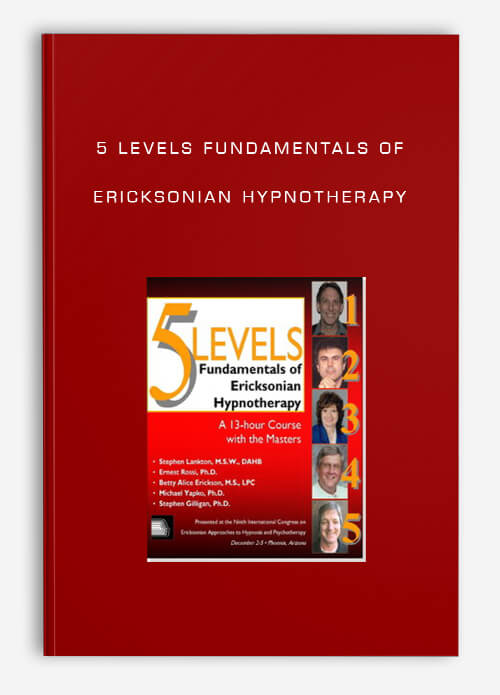


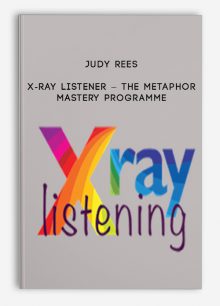
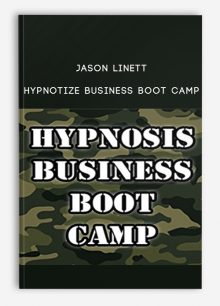

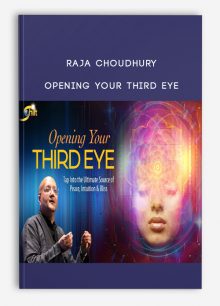

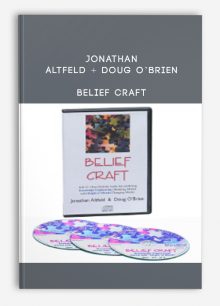

king –
We encourage you to check Content Proof carefully before paying.“Excepted” these contents: “Online coaching, Software, Facebook group, Skype and Email support from Author.”If you have enough money and feel good. We encourage you to buy this product from the original Author to get full other “Excepted” contents from them.Thank you!